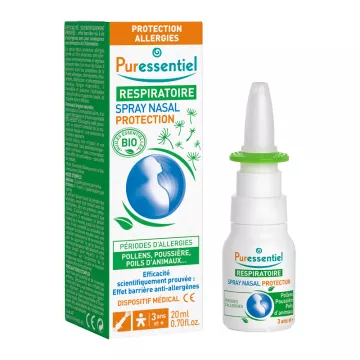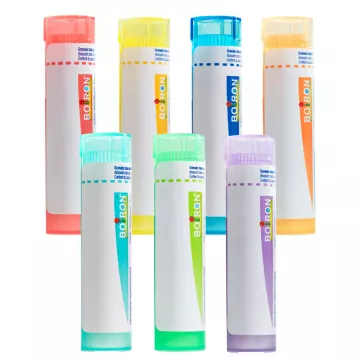

In our never-ending quest for a healthy and pleasant living environment, knowledge and management of invisible threats such as dust mites are becoming crucial. These tiny creatures, though invisible to the naked eye, have a considerable impact on our daily health and well-being. Dust mites thrive in warm, humid environments, feeding on dead skin particles, and are found in abundance in the textiles of our home, such as mattresses, pillows, and carpets. Not content with their discreet presence, they are often the cause of allergies and other respiratory disorders in sensitive individuals. Faced with this problem, it's imperative to arm ourselves with knowledge and effective strategies to minimize their impact on our living environment.
What are mites?
Mites are tiny organisms belonging to the arachnid class, similar to spiders. These microscopic creatures thrive in warm, humid environments, making our homes, and especially our beds and pillows, ideal habitats for their proliferation. They feed mainly on dead human and animal skin cells.
How to recognize a dust mite allergy?
Dust mite allergy generally manifests itself through symptoms similar to those of the common cold or allergic rhinitis, including sneezing, runny or stuffy nose, itchy nose, and red, watery, irritated eyes. In more severe cases, it can lead to asthma, with breathing difficulties, chest tightness and wheezing.
How to eliminate dust mites?
Reduce humidity: Keeping the relative humidity in your home below 50% can limit their reproduction.
Clean frequently: Vacuum your home regularly, especially carpets, mattresses and upholstered furniture.
Use anti-dust mite covers: Covering mattresses and pillows with specific covers can prevent dust mites from entering these areas.
Machine-wash at high temperature: Sheets, blankets and other bed linen should be washed regularly at at least 60°C to kill dust mites.
Can we get rid of dust mites completely?
It's virtually impossible to eliminate all dust mites from our domestic environment. However, by adopting appropriate preventive measures and cleaning methods, it is possible to reduce their numbers considerably and, consequently, minimize the risk of allergies and other associated health complications.
Which products are most effective against dust mites?
Many products promise to eliminate or reduce the presence of dust mites, from anti-dust mite sprays to natural solutions such as Eucalyptus or Tea Tree essential oils. However, the actual effectiveness of these products can vary. Strategies combining regular cleaning, humidity control and the use of anti-mite covers are generally the most effective.
What are the signs of heavymite infestation in the home?
A heavydust mite infestation can manifest itself in a number of ways, including an increase in allergic symptoms in residents, such as sneezing, runny nose, irritated eyes, and sometimes even eczema or asthma. What's more, although dust mites are microscopic and therefore invisible to the naked eye, an increase in house dust can also indicate their increased presence, as they feed on dead skin particles often found in dust.
How do dust mites affect indoor air quality?
Dust mites and their droppings can considerably deteriorate indoor air quality. Their droppings contain proteins which, when airborne and inhaled, can trigger allergic and asthmatic reactions. A heavy infestation ofdust mites can therefore contribute to indoor pollution that affects occupants' respiratory health.
Can dust mites cause sleep disorders?
Yes, dust mites can indirectly cause sleep disturbance by provoking allergic symptoms such as nasal congestion, sneezing, and throat or eye irritation. These symptoms can make it difficult to fall asleep and disrupt sleep, leading to a feeling of tiredness during the day.
What is the life cycle of a mite and how does this affect their control?
The life cycle of a mite comprises several stages: egg, larva, nymph and adult. This cycle can be completed in as little as a month, and a female can lay up to 80 eggs during her lifetime. This rapid reproduction makes controllingmite populations particularly difficult. Regular and sustained prevention and control measures are essential to limit their exponential growth.
Are there any effective natural solutions against mites?
Several natural solutions can help controlmite populations without resorting to chemicals. For example, the use of essential oils such as lavender, eucalyptus or tea tree, known for their anti-mite properties, can be beneficial. Similarly, regular exposure of bedding and carpets to the sun can help kill mites through UV rays. However, these methods should be seen as complementary and do not replace thorough cleaning and moisture reduction for effective control.